How high can Emma Pooley rise?
After wrapping up her celebrated cycling career with silver medals in time trial and road race at the 2014 Commonwealth Games, Emma Pooley has made a very impressive beginning in the triathlon and duathlon arenas.
In 2014, Pooley not only won the ITU long course duathlon world championship by 31 minutes and 50 seconds, she shattered the 10k run-150k bike-30k run race record of Karin Thürig by a whopping 16:41 margin. Pooley’s time also bettered legendary Zofingen women's winners such as Erin Baker, Paula Newby-Fraser, Natascha Badmann and Lori Bowden by even greater distance-adjusted margins.
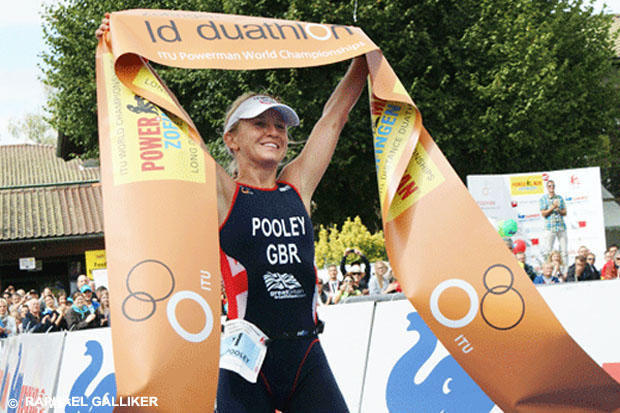
In long distance triathlons, Pooley won the 2015 Alpe d’Huez crown by 5:57 with the third-fastest women’s time ever – just 3:23 slower than Chrissie Wellington’s 2008 race record. The same year, she won Embrunman by 36 minutes and 55 seconds.
She also proved she had the foot speed to contend at the world’s best long course triathlons – she ran 2:44:29 to win the Lausanne marathon and produced a 1:17 split at the 2014 Ironman 70.3 Switzerland at Rapperswil.
Still, for Pooley to be a contender for the podium at Kona, she needs to make major gains in the swim. So far, her Ironman swims have all been in the 1:07 range. At age 32, she is entering her prime as a long course triathlete – but needs to lop off 10 minutes in the water to get in the conversation at the Ironman World Championship.
Slowtwitch: You once answered with a great deal of humility when someone asked if you would ask Chrissie Wellington – a teammate in the effort to get a women's Tour de France – for advice on your quest to compete in triathlons. I would submit you have earned that right after your win last year at Alpe d’Huez. Have you gained enough confidence to ask Chrissie for some advice?
Emma Pooley: I have asked – and continue to ask – Chrissie for advice! I still think that I’m not really at the level where I should be wasting her time with my silly questions, because the many mistakes I’m making are so basic. But she is incredibly generous with her time and enthusiasm and huge knowledge base – I think anyone who’s met her will know that. So essentially, she insisted on trying to help, and I gratefully accepted. I had a lot of problems this year with digestion and toilet stops on the run in longer races, and Chrissie pointed me in the direction of the best nutrition advice in the field (Asker Jeukendrup) and also discussed with me what she used to eat before and during races.
ST: At the 2014 ITU Long Distance Duathlon World Championship, your winning time broke the previous women's Zofingen race record held by Karin Thürig of Switzerland by 16:41. What encouragement did you take from that performance?
Emma: I was very pleased with my race at Zofingen in 2014. I was in good shape, I had a good day, and the conditions were perfect. And that course certainly suits my strengths. I suppose I was encouraged to know that I can run well despite minimal run training.
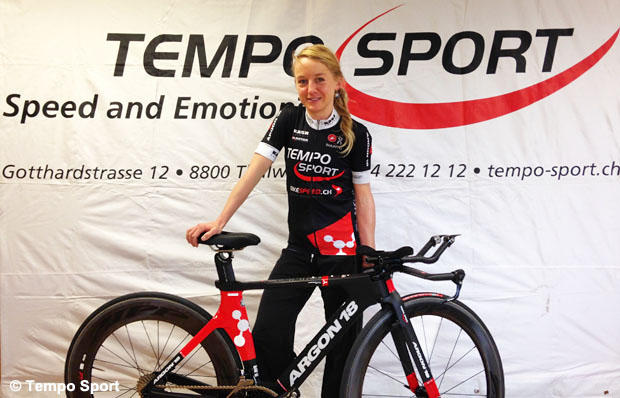
ST: Another encouraging performance was your 2nd place finish at Ironman 70.3 Switzerland in 2014 where you placed second to Daniela Ryf. Thanks to your still-undeveloped swim you were 12 minutes behind Ryf at the finish, but your 1:17:02 half marathon split was 27 seconds faster than hers. Interestingly, Ryf out-split you by 3 minutes on the bike leg. What did you take away from that race?
Emma: As she had a 12 minute lead, Ryf could afford to take it easy that day on the run! So I don’t think my faster run split should be taken as some kind of proof that I would run quicker than her head-to-head. The main thing I learned from Rapperswil 2014 was how much of an effect the swim has on the bike. If one comes out of the water with the pro men, one can ride with a faster group than if alone or surrounded by age group athletes (I almost always get overtaken by a lot of age groupers on the swim). On hilly courses, I spend a lot of the bike leg trying to overtake other athletes, which is stressful (I’m worried about being accused of trying to draft) and tiring (I cannot ride at a constant pace if surging to overtake) and sometimes simply slow (some narrow sections one is not allowed to overtake). I’m not complaining – it’s my fault for being a slow swimmer! – but I know I could ride faster if I were chasing faster riders, and that I’ll never really do well overall unless I can significantly improve my swim. It’s worth noting that I NEVER claimed or suggested that I would easily (or ever) have the fastest bike splits in triathlon simply because I come from a professional cycling background. Firstly because I know the level in triathlon is terribly high (I’m sure the top triathletes would be very, very good cyclists, if for some reason they ever chose to compete in pure time trials seriously) and secondly because it’s a triathlon. My aim is not to try to put out the fastest bike split, but the best time I can do overall. So I invest my effort in a triathlon tactically, just like everyone else.
ST: Your 3rd place finish at 2014 Challenge Philippines had a silver lining. While your 32:40 swim was clearly bad, your off-form 2:49:40 bike split gave away only 1:32 to winner Hauschildt – a top cyclist in the sport – and your 1:22:18 run gave up only 15 seconds to Hauschildt, perhaps the best women’s runner at the 70.3 distance. What did that race tell you?
Emma: First, I resolved to return to Challenge Philippines with my road bike – TT bike was the wrong choice for me on a course that steep and technical – and I had mechanical problems as well. I was indeed pleased with my run that day – it confirmed that I’m OK at hilly run courses (if I don’t have to stop to use a toilet). But similarly to Rapperswil and Ryf, Hauschildt had no need to hurry on the run!
ST: Your large margins of victory at Alpe d’Huez and Embrunman solidified your reputation as the best women’s cycling climber in the sport of triathlon. How difficult will it be to translate that ability to speed on the flats?
Emma: Very difficult. I’ve tried this year without much success.
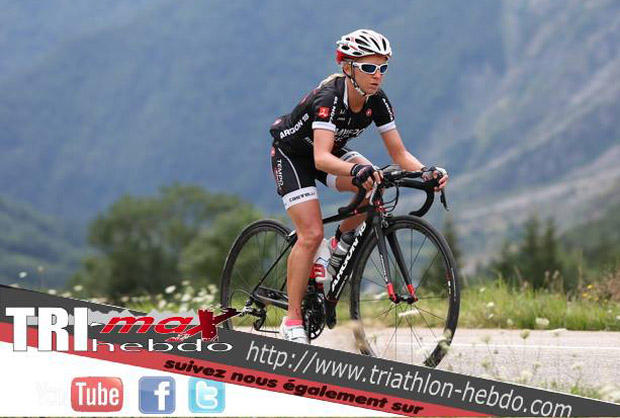
ST: One astute triathlon expert opined that your small size (5 feet, 2 inches and 106 pounds) and obvious strength gives you a great power-to-weight advantage on courses with challenging hills but a proportionate disadvantage to taller, larger women on flatter courses and courses beset by hard side winds, like Kona. How do you see it?
Emma: I entirely agree. It’s simply physics and physiology. I was rather chuffed to occasionally have a good result in a flat time trial as a cyclist (e.g. a bronze medal at the Copenhagen world championships) but those were much shorter efforts and often quite technical and twisty courses. Every corner where one has to brake and then re-accelerate also improves the physical odds for a lighter and less powerful rider. There aren’t many corners on the Kona course.
ST: Except for size, the 6-1 160 pound Karin Thürig seems to be a close parallel to you. Thürig won two bronze medals at the Olympic cycling time trial and won two gold medals at the UCI women's cycling world championship time trial. While she is most famed for cycling, she won five Ironman events, won Zofingen twice, and placed 6th three times at the Ironman World Championship in Kona. And she won a bronze at the 2011 Ironman 70.3 World Championship. Her Achilles heel in triathlon was her swim – she averaged 1:12 swim splits at Kona and did improve to one hour at wetsuit legal swims albeit still 9 minutes behind the swim leaders. Right now you are averaging 1:07. What are you doing about your swim now?
Emma: Thank you. I’m flattered by the comparison with Thürig. She is a hero of mine and her long list of triathlon results and cycling medals is still beyond anything I can ever achieve. My swim: I’m working on it. Measureable improvement has been stubbornly elusive so far.
ST: Your 2:44 marathon in Lausanne bodes well for your eventual Ironman run split. Even more important, your 1:17 half marathon at Ironman 70.3 Switzerland at Rapperswil indicates you have the basic speed to run 3 hours flat in an Ironman once your aerobic base increases. What is your goal in the Ironman run? And how are you going about it?
Emma: My run times were significantly slower this year due to being injured from November to April. I think my previous cycling-centric training seemed to get me quick at running without so many injuries, so I plan to return to that. I don’t have a time goal for the Ironman run since it is so course-dependent and affected by race day conditions and tactics. It’s worth noting that the Rapperswil 70.3 run course is a little short.
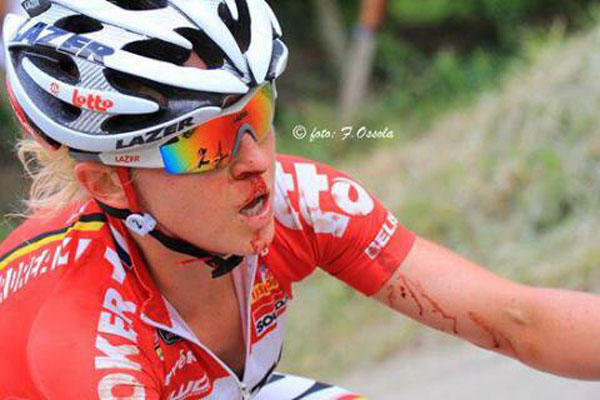
ST: Some say you might never crack the top 10 at Kona, but you could make the podium or even win at Ironman 70.3 Worlds. What is your dream race in triathlon?
Emma: The Alpe d’Huez Triathlon and Embrunman were two dream races that I was lucky to be able to win this year. I would love to go back to them again. And winning Rapperswil one day, that is a (probably unattainable) dream – because it’s almost a home race for me, and so close to my main sponsor Tempo-Sport. Similarly, Ironman Wales (the atmosphere is amazing – and being British…) and the Norseman are both races where winning would be a dream come true.
ST: Sorry if these time- and goal-based questions are a bit dreary when you are having such good results and fast improvement. But your talent and your potential are intriguing. Taking away such impertinent expectations, how much fun are you having with this new sport?
Emma: Thank you, that’s very kind. I’m very much enjoying it. I love the atmosphere and company in triathlon – it’s a really fantastic sport. I particularly enjoy meeting other athletes of all levels at races.
ST: Who are your coaches and advisers in triathlon? What is the biggest improvement they have made?
Emma: My main coach as of this year is Reto Braendli. He imposed much-needed structure and scientific method onto my training. Paul Newsome (Swimsmooth) has given me an awful lot of help swimming – both in person when I’m in Perth training, and remotely by setting me a programme and sessions when I’m in Europe. Any failure on my part to implement the training recommended by Reto and Paul is no reflection on the high quality of their advice – just my slowness at heeding it!
ST: You were a bit taken aback when you realized that a 3rd-place finish at a modest triathlon in the Philippines paid more than any cycling award in your esteemed career. How are things on the sponsorship and prize money front so far?
Emma: I’m getting by, thanks for asking! Partnerships with sponsors require an investment of time and effort, as well as consistency of results, to develop. I’m working on that too – I’ve had excellent advice from Tracy Pinder (a media guru!) who has helped me to develop my own brand and website (will be launched soon!).
ST: Many thanks for your time and kind attention.
Emma: My pleasure. Thank you for your interest.
Photographs courtesy of Emma Pooley


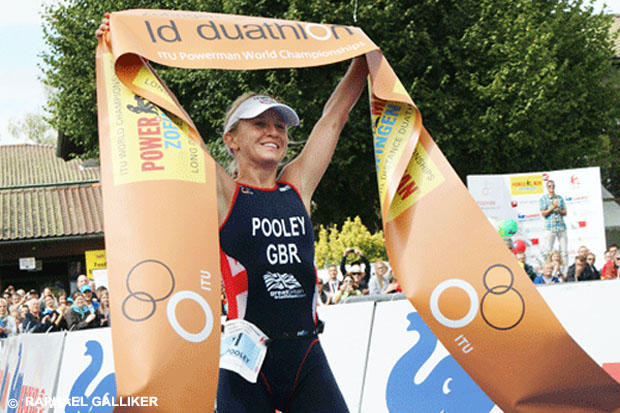
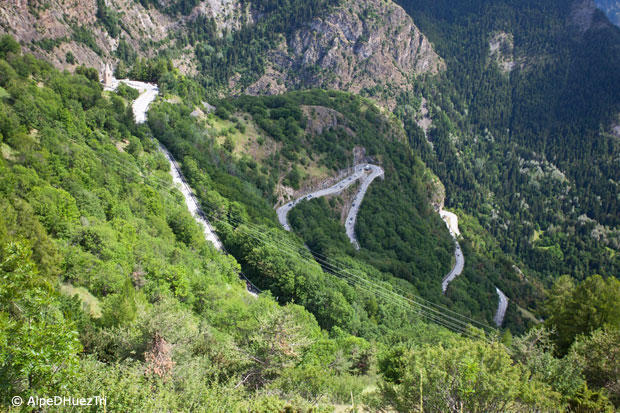
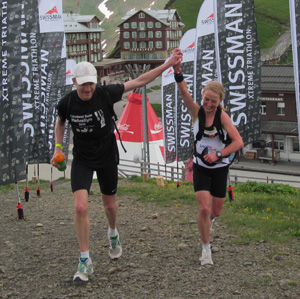
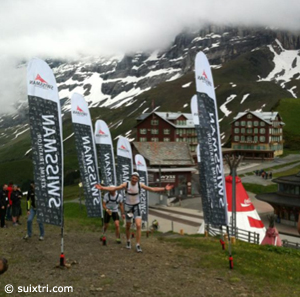
Start the discussion at slowtwitch.northend.network